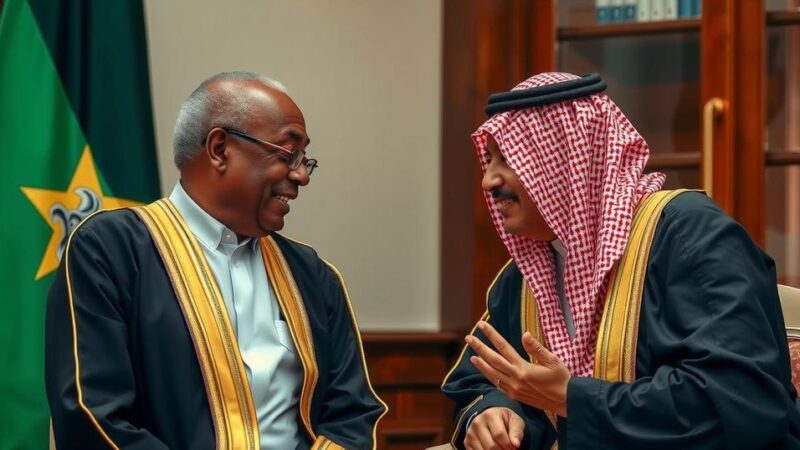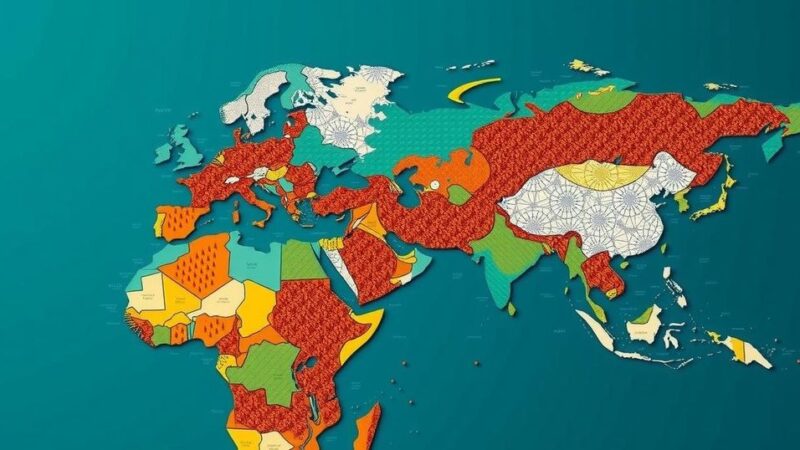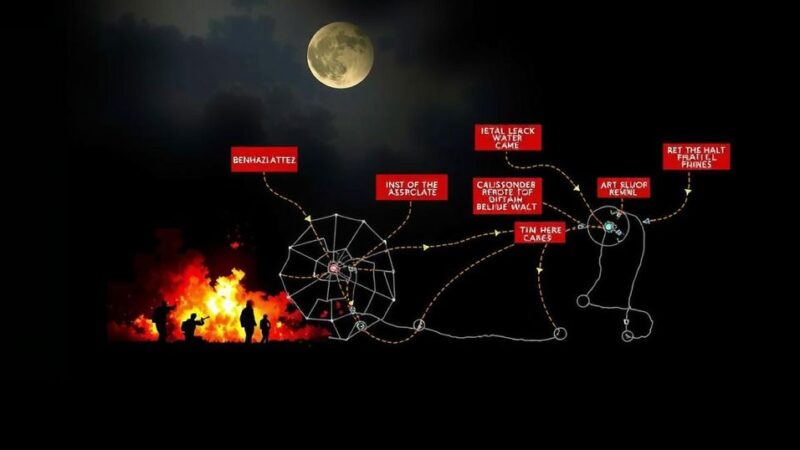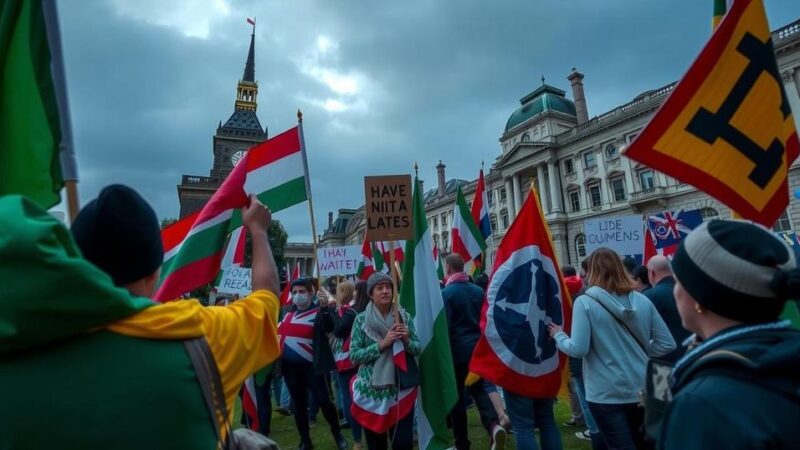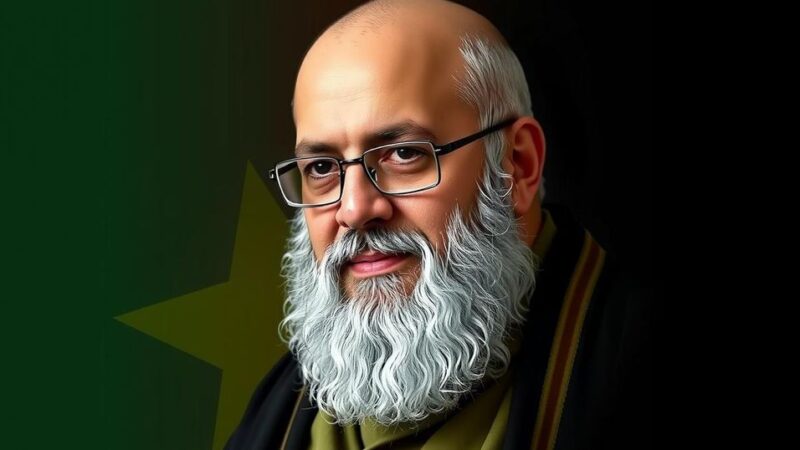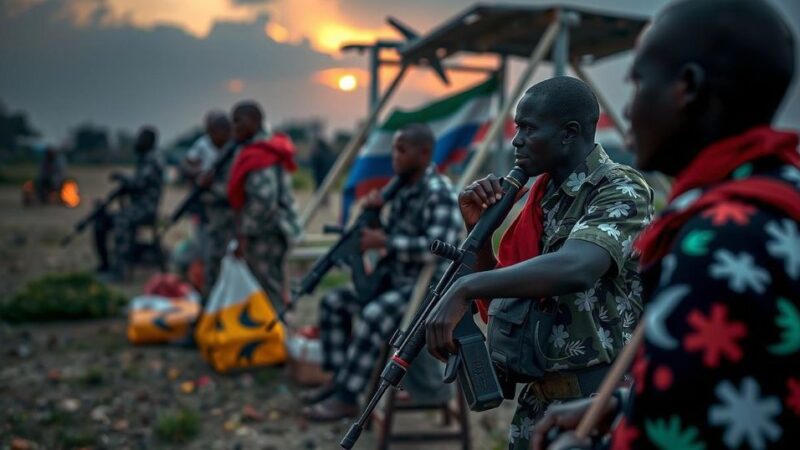The conflict in the Middle East has intensified, particularly between Israel and Hezbollah, fueled by Iran’s involvement and Hezbollah’s rocket attacks following Hamas’s October 2023 offensive. Israel has successfully degraded Hamas’s military capabilities but faces ongoing threats from Hezbollah. Current Israeli strategies aim to deter Hezbollah while navigating complex regional dynamics influenced by Iranian support for these groups. The potential for direct conflict with Iran could redefine the situation in the region as voices within Israel call for more proactive measures against Tehran.
The Middle East is presently characterized by significant seismic activity due to its numerous fault lines. Recent escalations of conflict have intensified, particularly at the Israel-Lebanon border, involving Israel and the militant group Hezbollah. This violence was exacerbated by Iran’s involvement, as it retaliated to perceived threats by launching ballistic missiles towards Israel, which has pledged a severe response. The situation remains uncertain regarding whether these tensions will escalate further along these specific fault lines or in other areas of the region. The trigger for this escalation was the rocket assaults from Hezbollah following the attacks by Hamas on October 7, 2023. In response, Israel evacuated approximately 60,000 citizens from its northern border to avoid potential attacks similar in nature to those executed by Hamas, yet the ongoing hostilities have rendered a safe return for these individuals unfeasible. However, the emergence of this new front can be attributed to a new status quo in Gaza, as Israel has made substantial strides in neutralizing the military threat from Hamas over the past year. Reports indicate that between 10,000 and 20,000 Hamas fighters have been killed, with many leadership figures eliminated or left in hiding within Gaza’s extensive tunnel network. Consequently, Israel has made the strategic decision to concentrate its operations on its northern border and against Hezbollah. Israel’s recent operations against Hezbollah have demonstrated notable achievements. Through methods such as detonating explosives hidden in communication devices and targeted aerial strikes, Israel has effectively diminished the ranks of Hezbollah’s leadership, leading to the deaths of key figures, including its long-time leader Hassan Nasrallah. Moreover, following the intelligence failures preceding October 7, these operations have served to restore the confidence of the Israeli security forces by showcasing their capacity to gather and utilize precise intelligence against adversaries. Contrary to prior assumptions that Israel and Hezbollah were at an impasse, it has become evident that Israel retains the capability for aggressive action. Israel’s subsequent strategies have included a ground incursion into Lebanon, the specifics of which remain vague in terms of duration and objectives. It appears that current Israeli policies aim more to deter future Hezbollah aggression, yet this objective may prove challenging, as Hezbollah, despite suffering losses, continues to retain a considerable military capability. It is essential to recognize that while Hamas and Hezbollah share some similarities as Iran-backed groups seeking Israel’s demise, they differ significantly in their foundational principles and support bases. Hamas maintains a degree of grassroots support from the Palestinian populace, whereas Hezbollah primarily acts as an instrument of Iranian geopolitical interests with minimal allegiance to Lebanese or Palestinian aspirations. The actions of the Lebanese government also complicate the matter, as their inability to prevent terrorist activities within their borders undermines national sovereignty and complicates regional security. In the wake of these developments, Iran’s direct military response has changed the dynamics of the conflict, raising the possibility of Israel targeting Iranian facilities, a scenario which many Israeli citizens support due to fatigue over indirect confrontations with Iran’s proxies. Israeli Prime Minister Benjamin Netanyahu recently articulated optimism regarding potential changes in Iran, stating, “When Iran is finally free—and that moment will come a lot sooner than people think—everything will be different.” While the notion of regime change remains contentious and unpredictable, there is a prevailing belief amongst some Israeli factions that proactive measures against Iran could lead to a reduction in its proxy engagements and might instigate significant shifts in the region. As the dynamics of conflict continue to evolve, uncertainty prevails regarding the future trajectory of hostilities in the Middle East, ultimately raising critical questions about how these conflicts might reshape power structures and influence regional stability.
The Middle East is a historically volatile region, marked by various conflicts and shifting alliances, primarily influenced by the presence of multiple militant groups and the involvement of external powers such as Iran. The repercussions of these tensions significantly shape the geopolitical landscape and security considerations for Israel and its neighbors. Understanding the intricacies of these relationships—as well as the broader implications of military actions—is critical for any analysis of the current atmosphere in the Middle East. Recent events underscore the fragility of this equilibrium, highlighting how quickly conflict can escalate.
In conclusion, the current situation in the Middle East presents a complex web of conflicts driven by long-standing rivalries, external influences, and shifting military strategies. With Israel facing threats from both Hamas and Hezbollah, and Iran’s escalating involvement, the potential for further violence remains high. The responses of these groups and their respective governments will be pivotal in determining the future course of conflict in the region. Israeli leadership’s willingness to confront Iran directly may reshape not only its own security landscape but also broader regional dynamics. Nevertheless, the path forward remains fraught with uncertainty, underscoring the importance of diplomatic efforts to stabilize the area.
Original Source: www.aspistrategist.org.au

